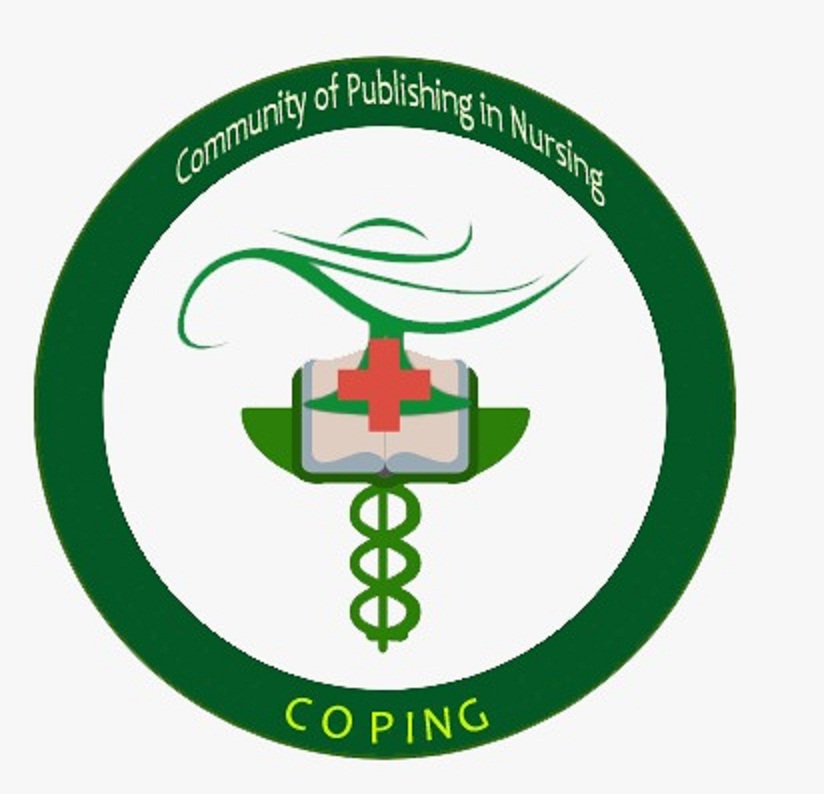Correlation of Preschool with Preschool Age Language Development at Sumerta Kaja Village
Abstract
Language skills intensively develop in preschool age (three to four years). This ability was not innate, although the language potential had been in human being, but without social interactions / stimuli from development environment, people will not be able to develop their language potential had been in their own self. The purpose of this study was to determine the relationship between preschool children and childhood language developments in Sumerta Kaja Village. This current study was descriptive corelational research with cross sectional approach to the subject of 30 respondents with the purposive sampling from 6 May to 19 May 2012. The data was collected using structured interview to determine participation data of preschool and language development. The result of the 30 respondents consists of 15 children followed preschool and 15 did not participate preschool. 15 respondents who followed preschool, 66,7% (10 children) had advance language development, 33,3% (five children) had normal language development. 15 respondents who did not follow preschool, they had language development as follows: namely: 53,3% (eight children) had normal language development; 40% (six children) had a caution language development; and 6,7% (one child) had delayed language development. Based on the contingency coefficient test (C) shows that there was significant relationship between preschool children and childhood language developments in preschool age (p value: 0.001 <?: 0.05) with strong relationship (C:0,609). So preschool make optimal children language development in preschool age. It is important for parents to know the importance part of preschool for children's development.






